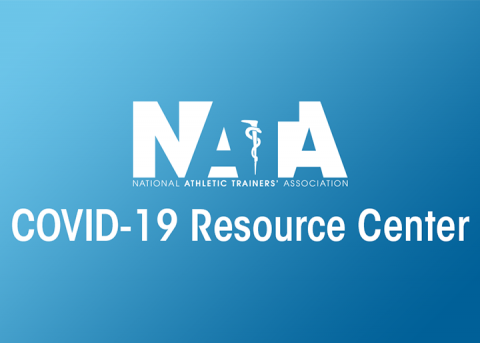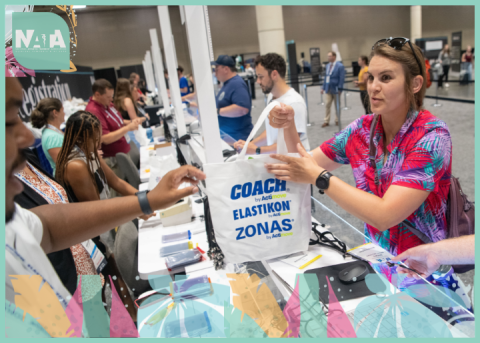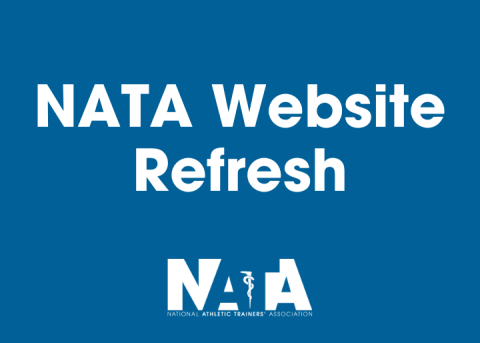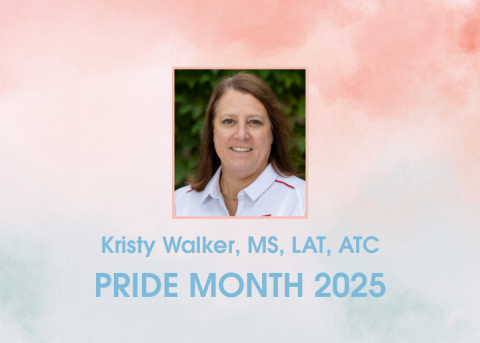
The COVID-19 pandemic left gyms, fitness centers, school athletic facilities and some outdoor recreation areas across the globe closed for months at a time. Only within the past couple of weeks have these places, all where athletes are used to going to maintain physical and athletic capacity, begun to reopen with limited capacity.
Athletes and their athletic trainers were forced to recognize the probability of detraining. The NATA International Committee recently released a document with a list of key considerations for returning to physical activity as restrictions and shelter-in-place mandates are lifted. This committee-created resource is available now at the NATA COVID-19 resources webpage.
Detraining is the partial or complete decrement in performance and loss of accumulated physiological adaptations following a reduction in the frequency, volume and/or intensity of training.
“As social and school activity restrictions are starting to ease around the world, athletic trainers must recognize the impact of detraining among athletes to establish safe exercise acclimatization program,” said Yuri Hosokawa, PhD, ATC, the IC committee member who led the detraining project. “It is well known that the first seven days of any new conditioning cycle is a high-risk period for catastrophic injuries.”
The one-page list of considerations for detraining in athletes outlines what detraining is, how to recognize it and solutions for combatting it.
“We must play our role as athletic trainers to make sure that we secure enough time to address detraining when the society is ready to have athletic events again,” Hosokawa said.
While detraining is common to address with athletes as they transition in and out of seasons, the COVID-19 pandemic is unique in that there is uncertainty in when activities can resume.
“There has not been time in recent memory where athletes were unable to work out and maintain their physical performance in a normal manner,” said IC Chair Brian Zeller, PhD, LAT, ATC, explaining the importance of addressing detraining for members internationally.
“This was a document that we felt not only will help our domestic ATs, but also any athletic trainer, athletic therapist, sport rehabilitator or other similar provider around the globe. This is not just a USA problem; this is a global issue.”
IC plans to maximize the detraining document content and create shareable infographics for athletic trainers, but the original document is now available to download and review on the NATA COVID-19 resources webpage.





